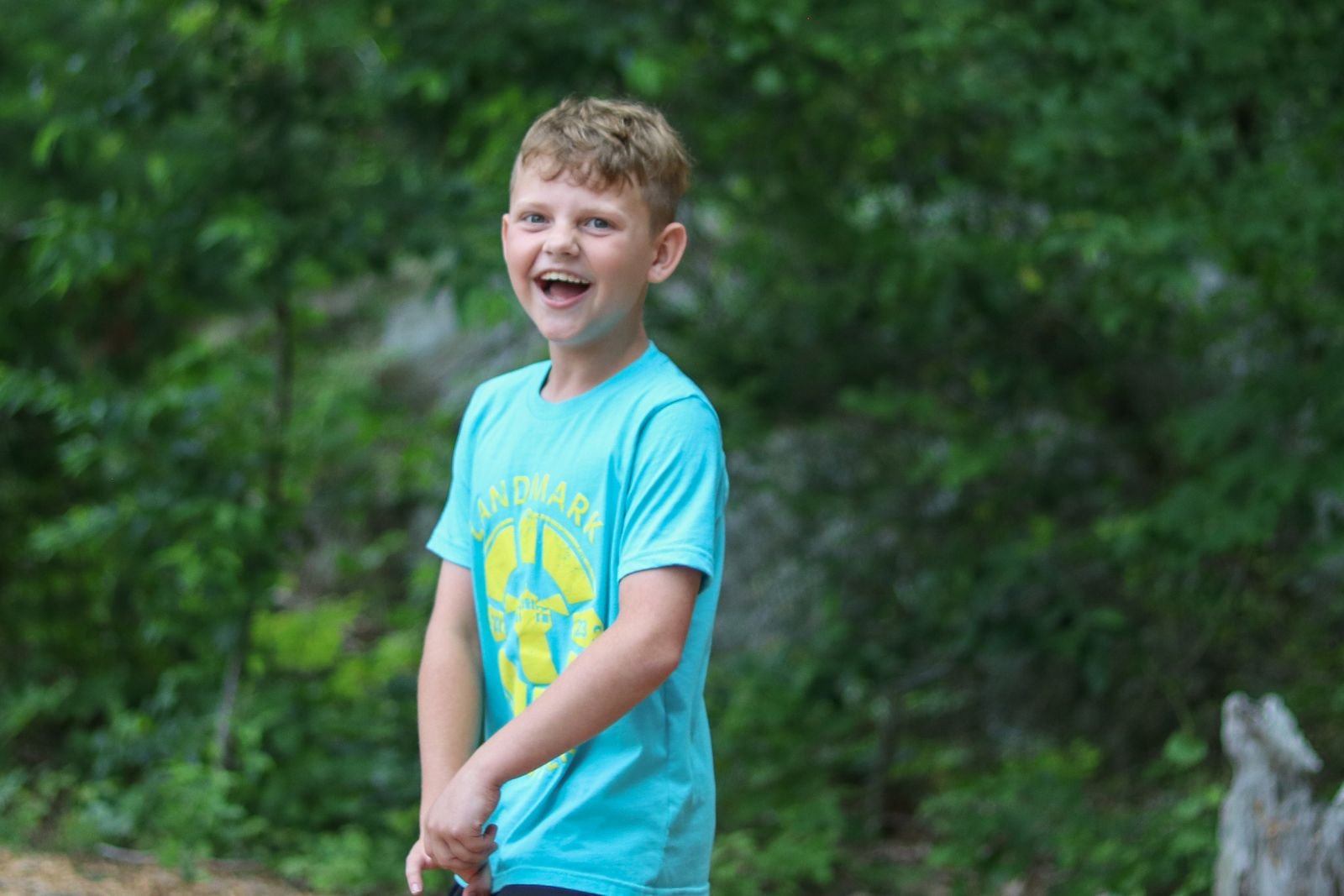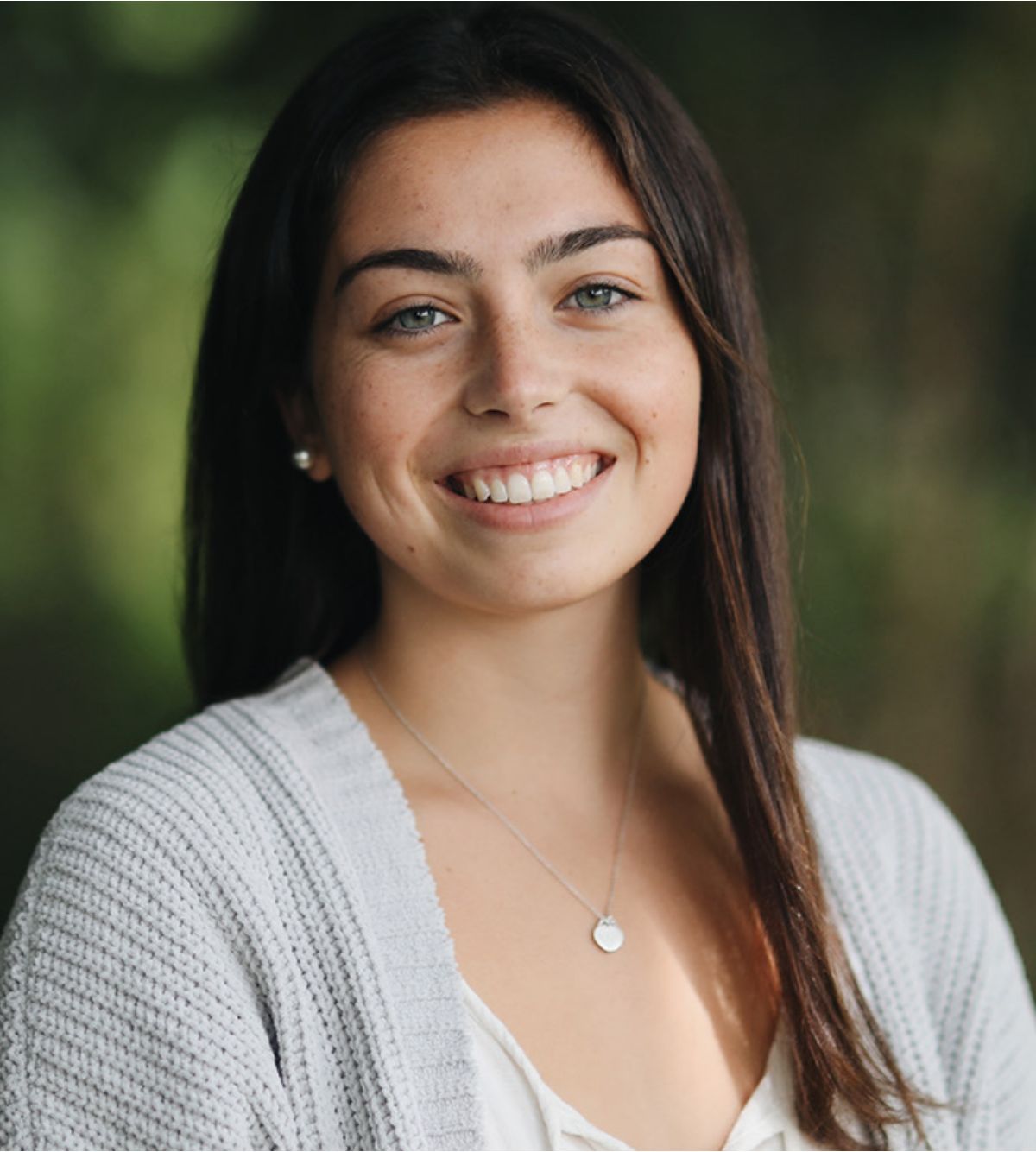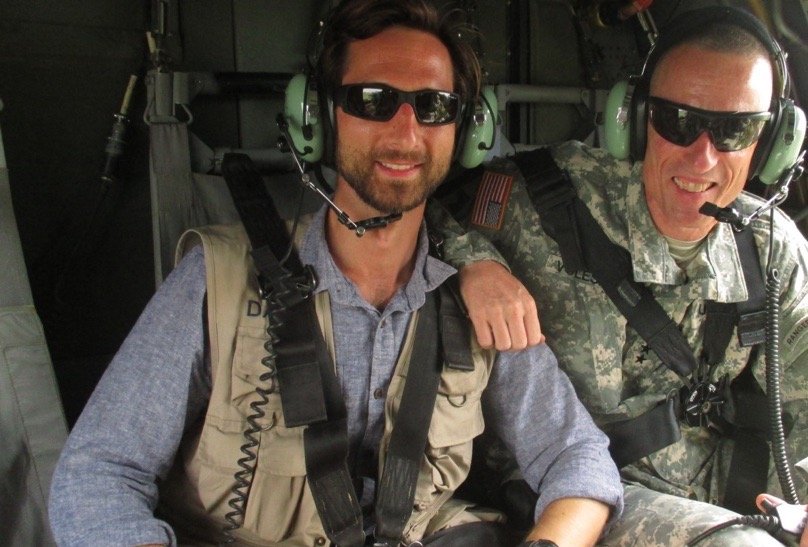- Our School
- Our Advantage
- Admission
- Elementary•Middle School
- High School
- Summer
- Giving
- Parent Resources
- For Educators
- Alumni
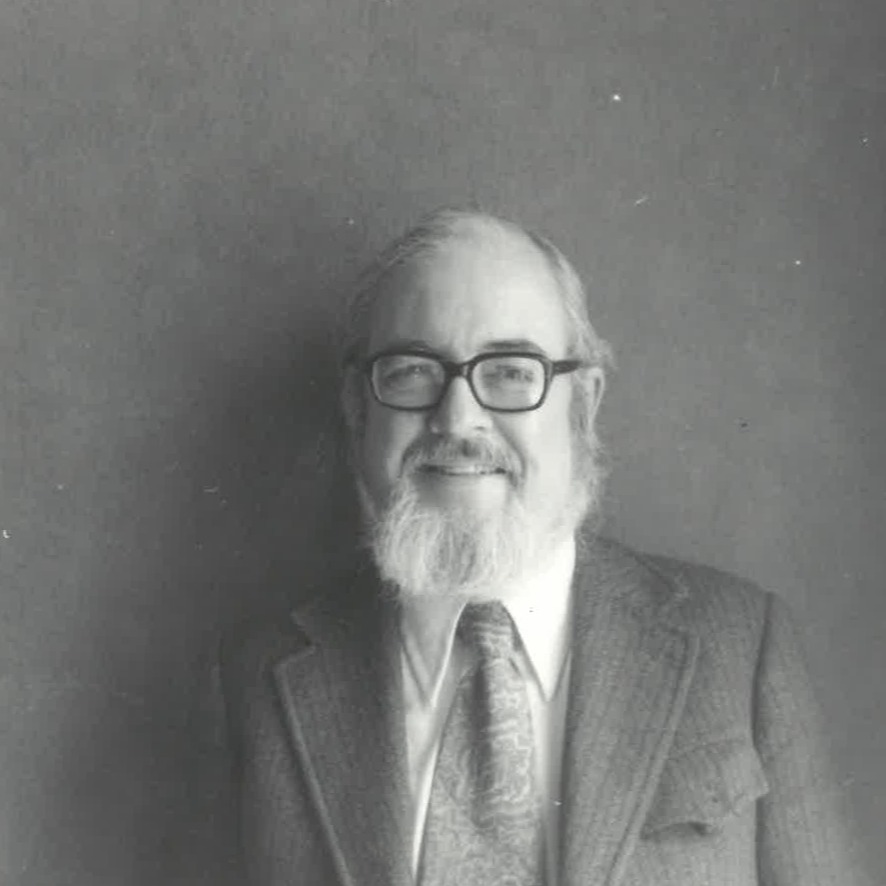
Founding
Of Landmark School
by Bob Broudo and Karl Pulkkinen
A brilliant visionary. A leap of faith. A passionate and dedicated team of eager, intelligent educators. A North Shore estate ready for a new chapter. And the promise of empowering students with learning disabilities to succeed.
BEFORE THE BEGINNING
Dr. Charles “Chad” Drake was a minister from Georgia, who, because of his own dyslexia, became deeply involved in the research and remediation of such language-processing challenges, and moved to the Boston area to earn his Ed.D. in education from Harvard.
Dr. Drake founded a diagnostic center, the Reading Research Institute, in Wellesley, Mass. As he diagnosed children and adolescents with dyslexia and other language-based learning disabilities, he realized that remedial programs in private or public schools for these students were almost non-existent.
Dr. Drake understood not only the neurological processing challenges faced by these students, but also the specific remedial methodologies that were critical to their success in learning. He explored the works of many others in the field and began to imagine an individualized remedial program appropriate for this specific group of learners. One-to-one tutorials, structured language-based approaches, and a customized program that met each student where they were in the learning process were the underpinnings of his vision.
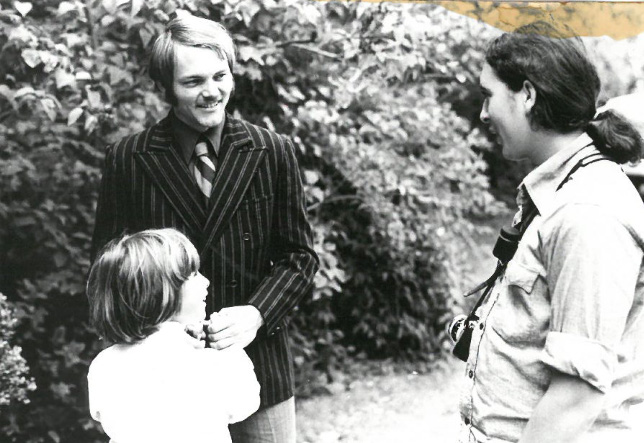
FINDING KARL AND BOB
His concept and vision of an individualized, diagnostic, prescriptive program became a reality in 1968, when he created a summer program at Camp Deer Trees in Maine. The success of this program led to a subsequent program on the Bates College campus the following summer. And it was at Bates College that Karl Pulkkinen and Bob Broudo met Dr. Drake.
Karl Pulkkinen was hired in the spring of 1969, at the end of his sophomore year at the University of Maine, to teach in the seven-week Reading Research Institute program on the Bates College campus. As with others in the program, Karl had no experience teaching students with dyslexia and received an intensive seven-day series of lectures and demonstrations that provided background on dyslexia and how to remediate the students’ reading, spelling, and language challenges. Dr. Drake had assembled a staff of professionals with backgrounds in reading and diagnostic testing who served as the trainers and supervisors for all the tutors and teachers. After teaching that summer, Karl was hooked, gladly returning the following two summers to teach at the program, offered at Hebron Academy in Hebron, Maine.
Bob Broudo was introduced to Dr. Drake by a psychology professor at Bates College, where Bob was a sophomore and studying developmental psychology. While Bob did not participate in that summer program, he visited several times, met with Dr. Drake at Bates and in Wellesley, and became fascinated by the developmental aspects of dyslexia. Bob then joined Karl and worked in the summer programs at Hebron Academy in 1970 and 1971.
During spring break in 1971, Dr. Drake called Bob, Karl, and several others who had worked in his summer programs to inquire about their interest in helping to start a full-time school for students with dyslexia and other language-based learning disabilities in the fall of 1971. Karl signed up and, having plans to attend graduate school, Bob deferred a response and asked where the school would be located. Dr. Drake stated that he did not yet have a site but was looking. Bob requested that Dr. Drake call him again if he did find a site.
Dr. Drake, Karl, Bob, and others toured a property for the new school in Lincoln, Mass., that did not work out. Later Dr. Drake secured a property in Prides Crossing (Beverly), Mass. Once confirmed, Dr. Drake called Bob and announced that he had found a site adjacent to Endicott College, to which Bob replied, “Oh no, that’s my hometown and my father runs the art department at Endicott.” To which Dr. Drake replied, “Great, you can be our tour guide!”
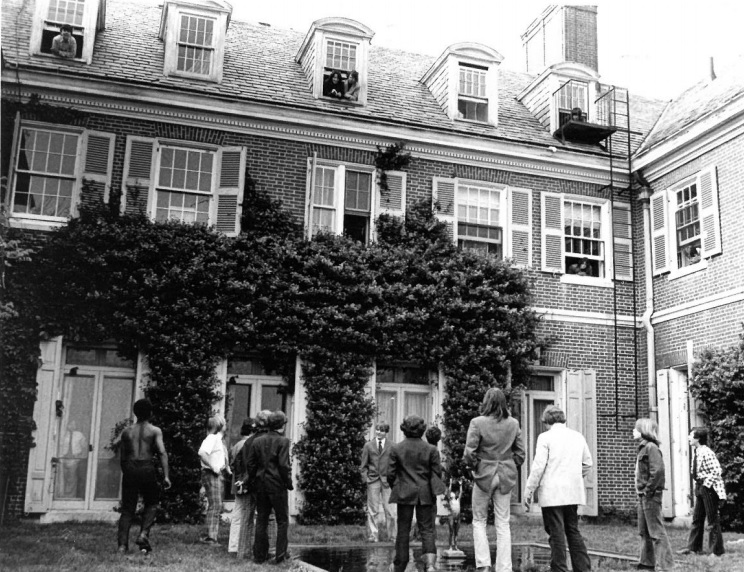
LANDMARK SCHOOL IS BORN
Karl and Bob both accepted positions in the new yet-to-be-named school. That final summer at Hebron, they taught tutorials and classes and ran the dorms six days a week, and took turns driving down to Prides Crossing on Saturday afternoons to work all day on Sunday to ready the estate building on the property. Landmark’s beginnings included two buildings, a chicken coop and a dog run, 40 students, house trailers, used hotel furniture, a clear mission, a passionate group of people, and an important reason to be. Landmark opened its doors to its first group of students in the fall of 1971, and, indeed, some things are just meant to be.
Though there have been many changes in the last 50 years, including growth, expansion, consolidation, building business models, etc., many of Dr. Drake’s founding principles remain at the core of Landmark School. Maintaining specific teaching principles and the one-to-one tutorial as the cornerstone of the program, keeping class sizes small so that teachers can individualize instruction for each student, honoring our commitment to offer these teaching principles and practices to the broader community, always developing the intensive, on-going training of our own staff, as well as offering our expertise to parents, school professionals, and the larger public through our Outreach program are all central to what Landmark offers.
Landmark remains current with the new research in the field, participates in research studies on campus, and informs the parent body of new findings in the field of dyslexia. The result? The course of thousands of learners has been changed from failure and frustration to success, confidence, and independence. Landmark’s story will continue into the future, reaching new families and students, and Landmark will continue to thrive and build upon the original vision and deep legacy of those who have gone before! Little wonder that Karl and Bob have stayed involved for 50+ years!
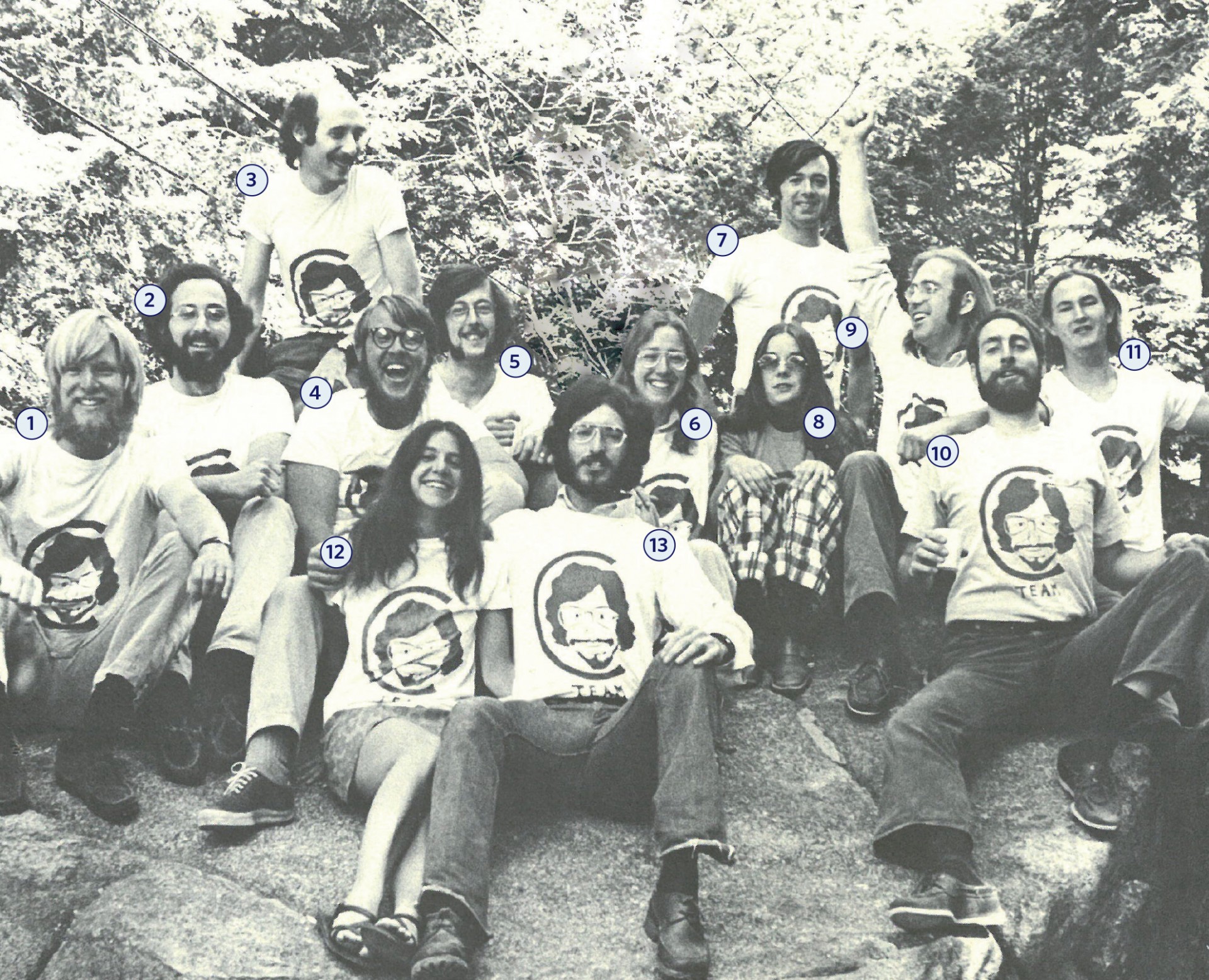
FACULTY THAT BECAME FAMILY
Founding faculty members were often young, idealistic, and hard-working educators. Specialists were hired to address the needs of certain students and offer teacher training and support. Mentorship and collaboration were always at the heart of the faculty experience and what made the tireless work and long hours worthwhile.
Employees were given opportunities to advance their careers by taking on additional responsibilities, including captaining rotating teams to keep the campuses humming on evenings and weekends. These teams managed everything from homesickness and laundry runs to campus safety and day trips. Teams A, B, C, and D exist today at the High School, and while the campuses, programs, and resources have grown and become more sophisticated, the overall responsibilities remain the same.
Early in the life of the School, C-team captain, Bob Broudo, with his iconic mass of curly hair and glasses, was memorialized on a team t-shirt.
C-Team of Yore
1. Jim Olivier
2. Ed Bromfield
3. Mike Winer
4. Harry Dudley
5. Steve Whitten
6. Carolyn Olivier
7. Joel Swimm
8. Sally Hoskinson
9. David Leslie
10. John Everitt
11. Paul Buckhout
12. Sally Broudo
13. Bob Broudo




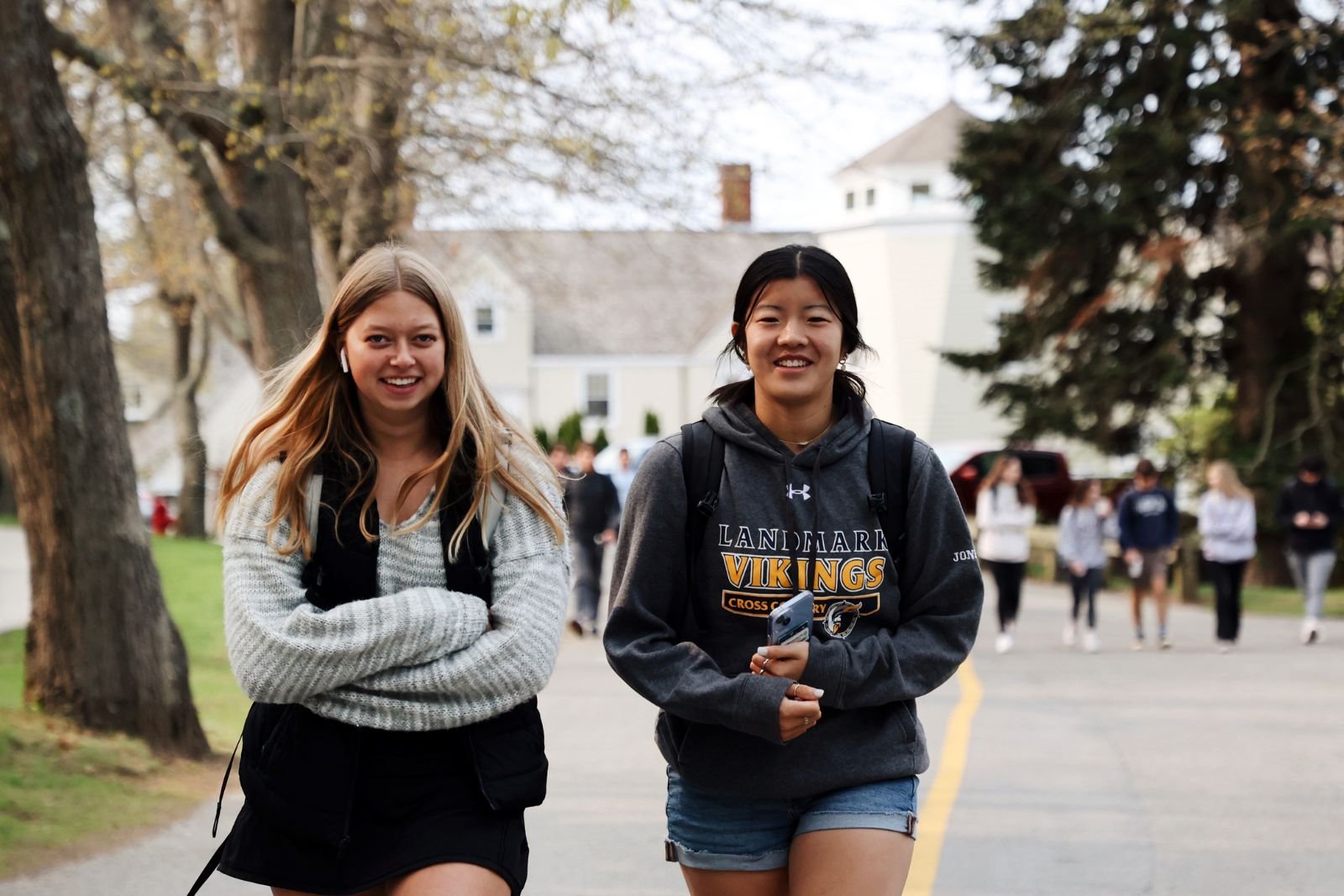
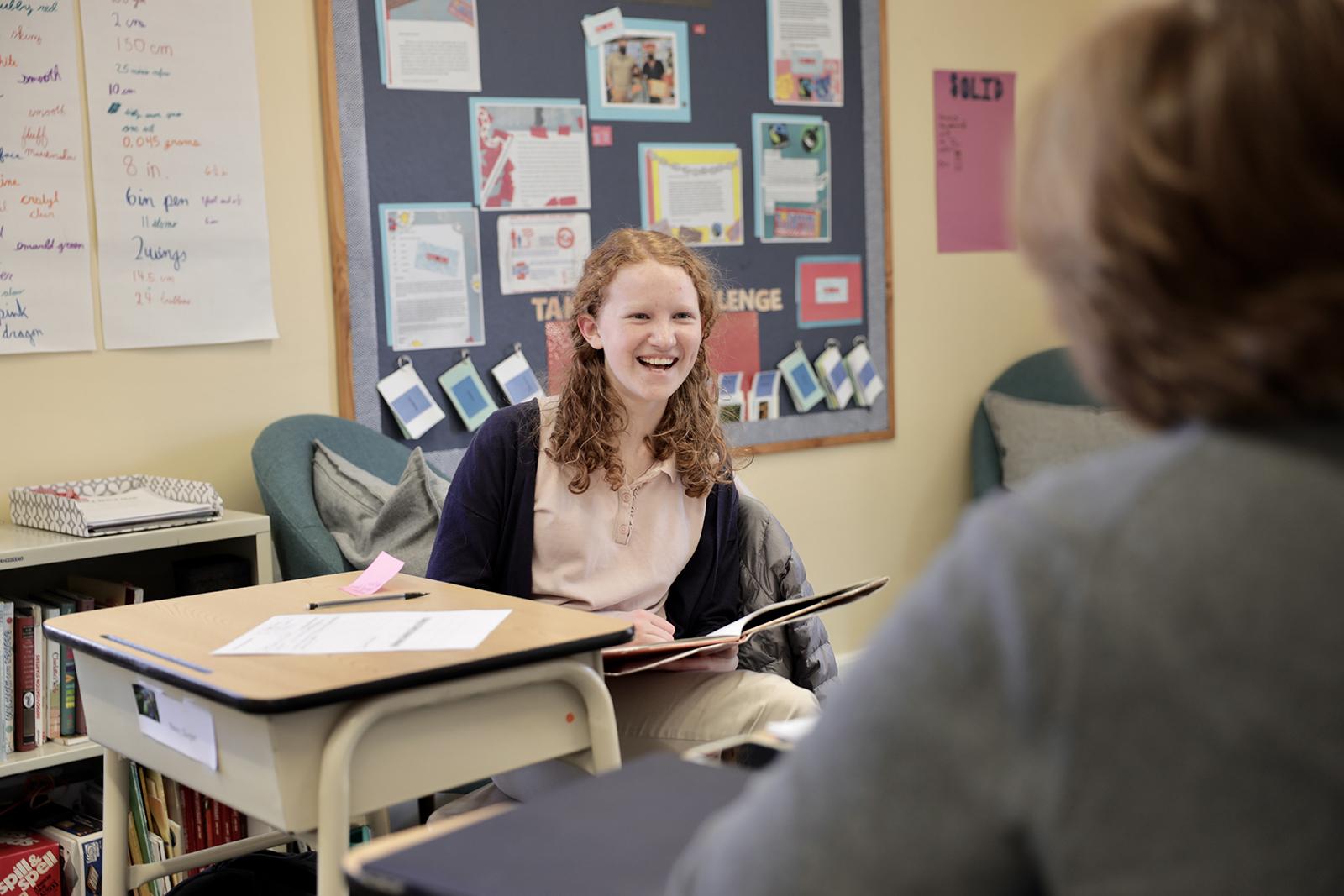
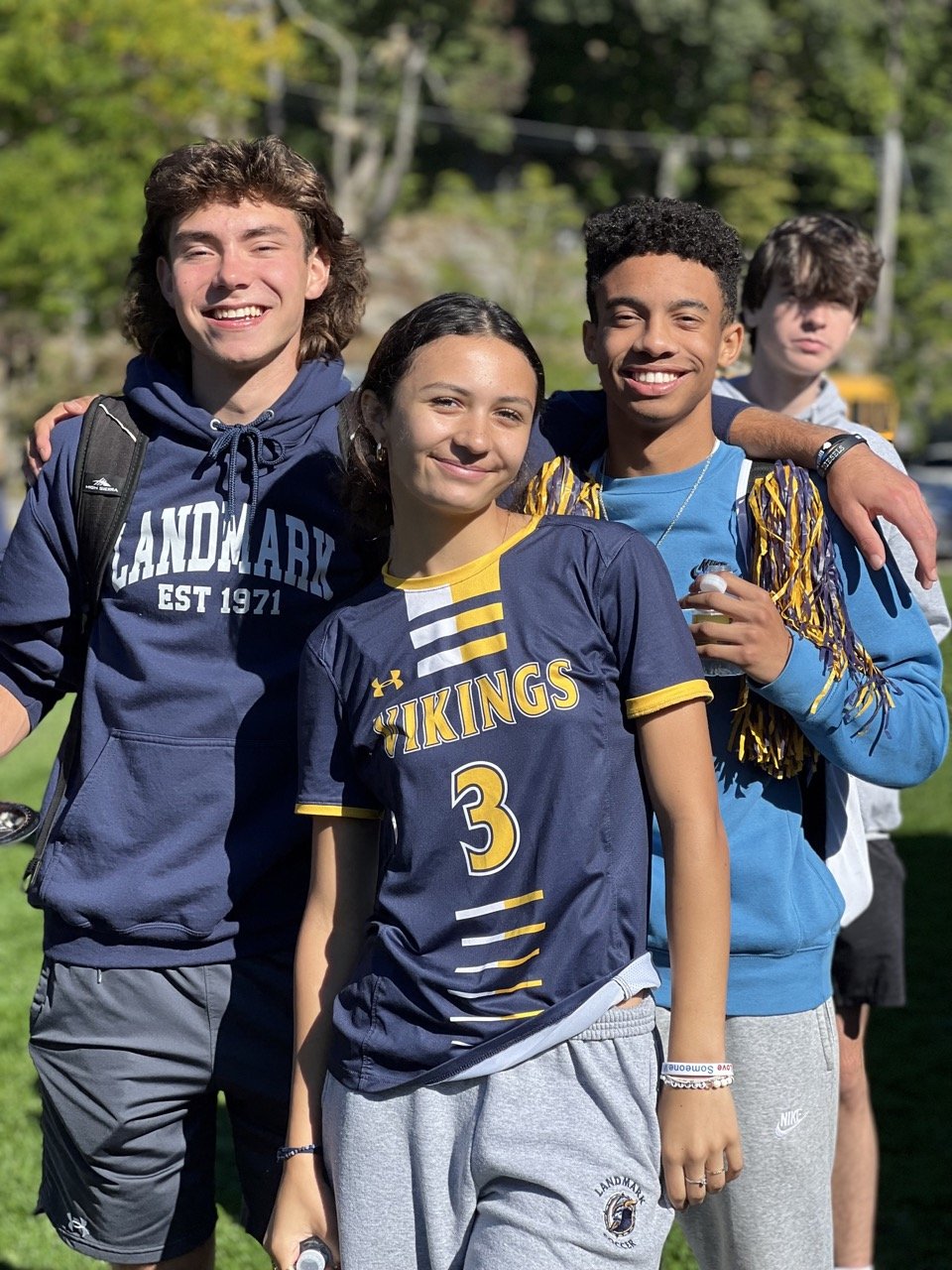
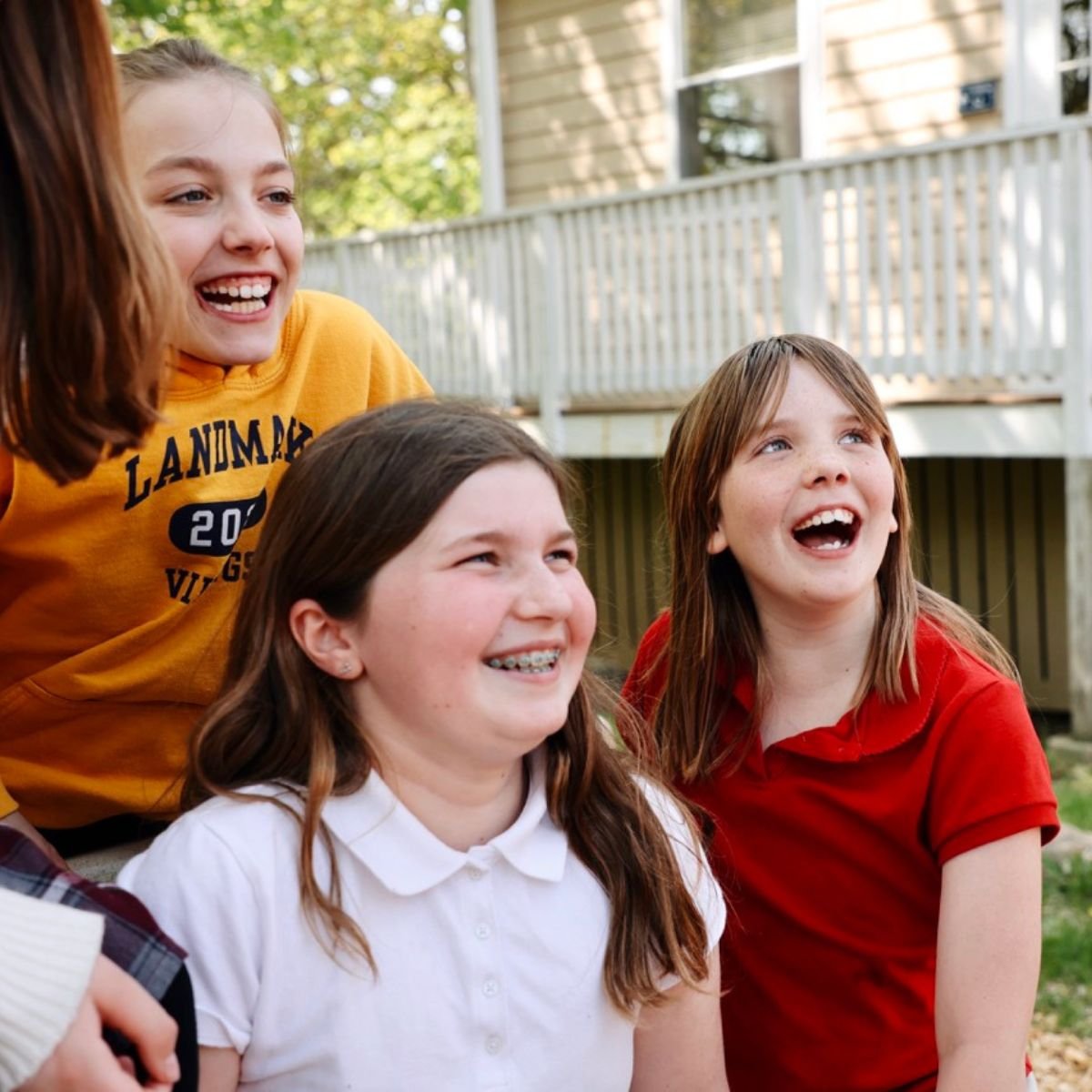
.jpg?v=1652115432307)
